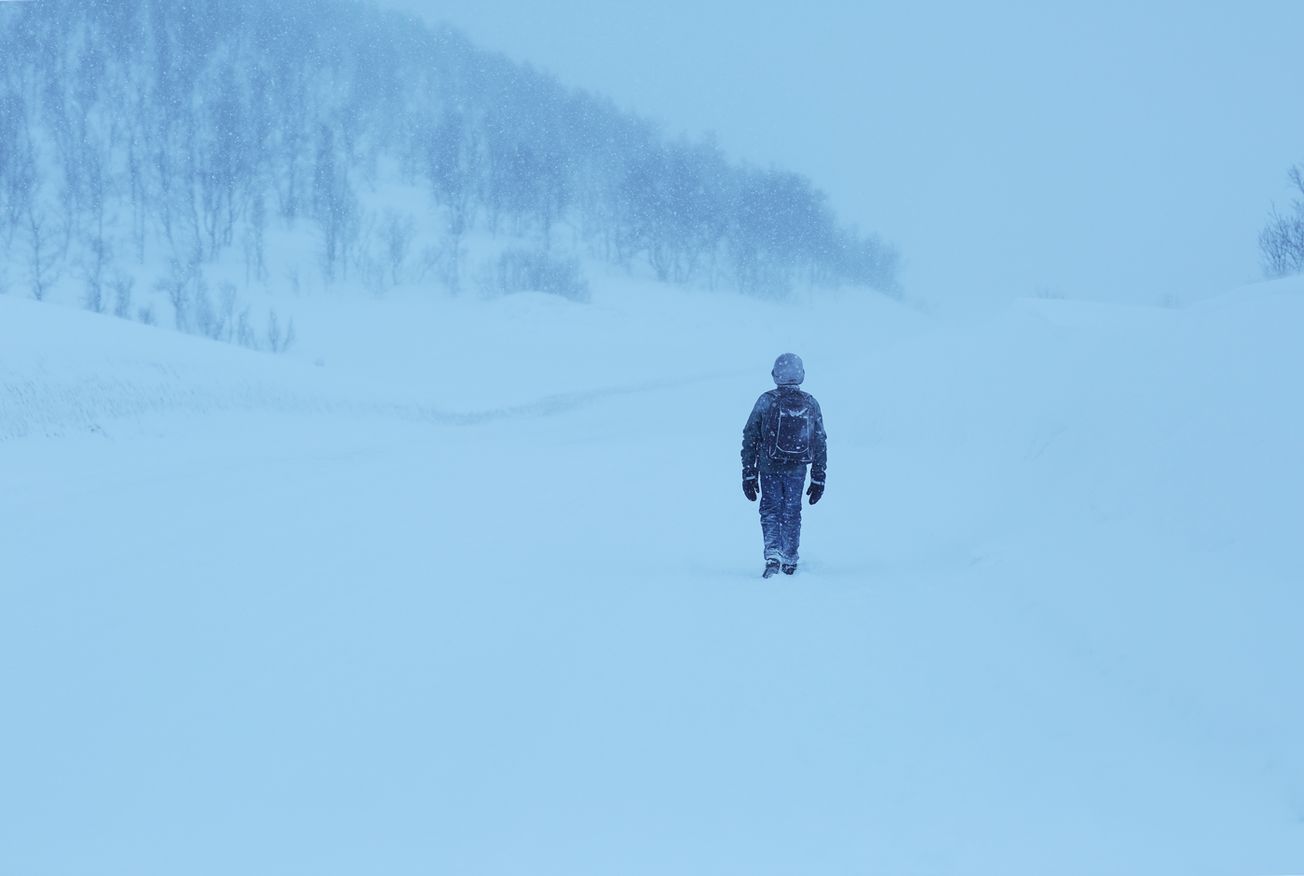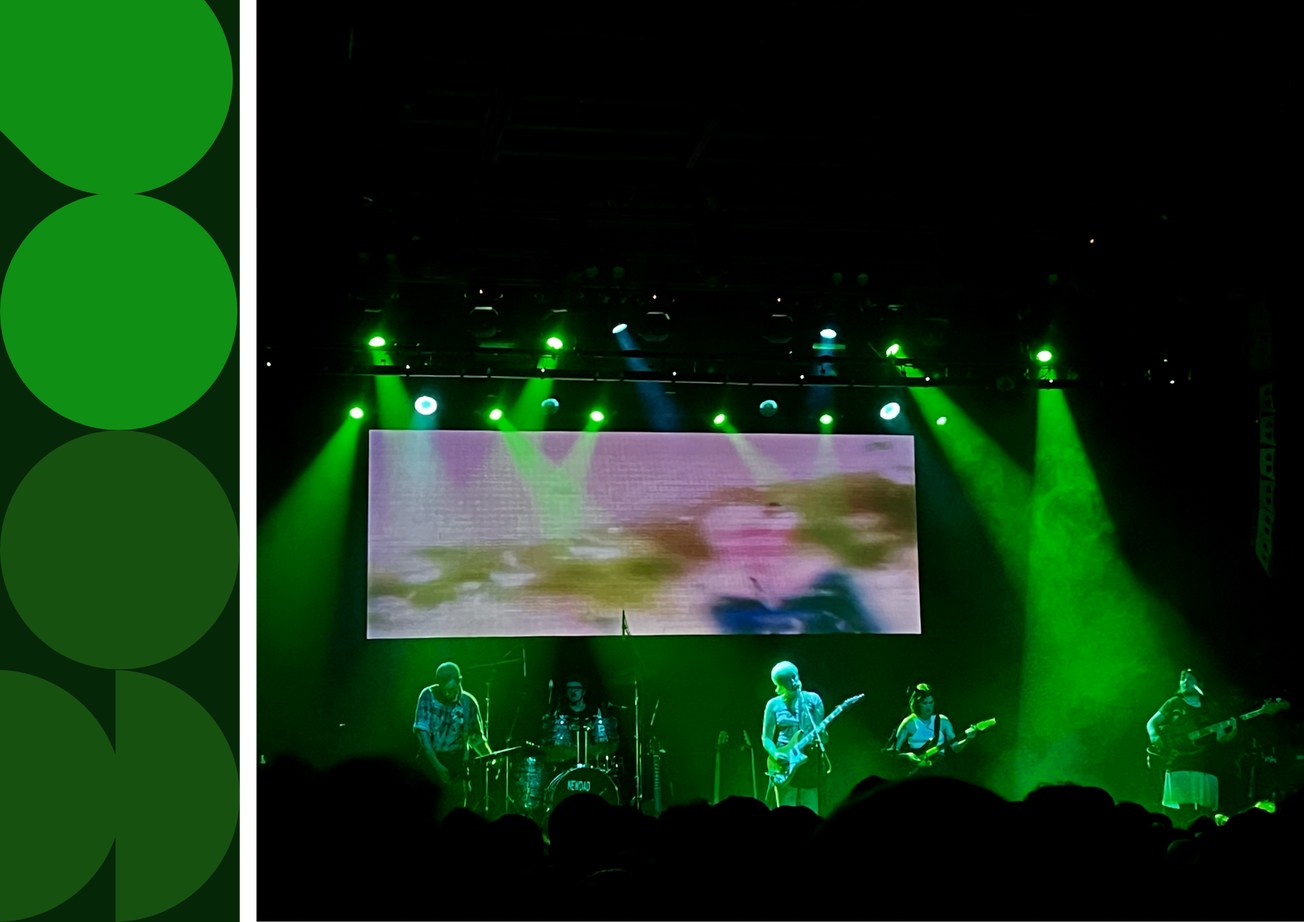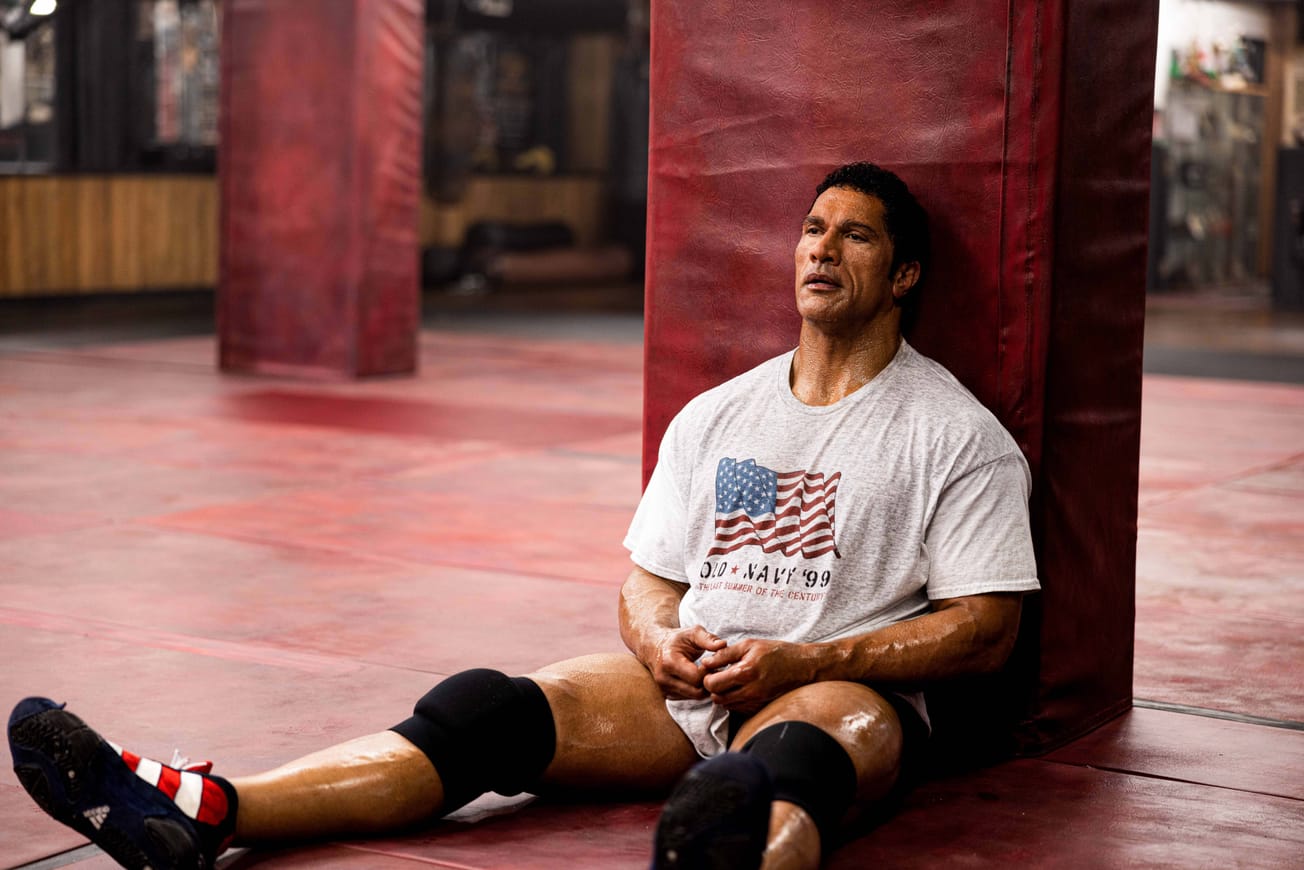by James Turnbull, Film & TV Online Editor
The film industry in Scandinavian countries has been recognised in Europe for the past decade now. However, the remote areas of the region are producing more films showcasing their unique lifestyles and Encounters hosted an event last month for the new movement.
What must it be like to make films in a part of the world where the sun doesn’t shine for three months a year? That was one question on my mind as I waited for the beginning of ‘Films from the Arctic’, an intriguing selection of short films at Encounters Film Festival. After brief introductory remarks from Ingrid Dokka from the North Norwegian Film Centre, the first short film from the frozen north began.
In Mobile (dir. Truls Krane Meby), the tranquil, almost mundane Arctic Circle setting is terrifically exploited to increase the tension in the film’s premise. Young Walid, a Syrian refugee, is trying to build a new life in this quiet corner of the world, but the rest of his family is trapped just outside the EU – hundreds of miles away. Forced to barter with ruthless smugglers and comfort his terrified family over the phone, Walid is close to breaking point. The juxtaposition of Walid’s cagey phone conversations and his calm surroundings brilliantly portrays the struggle of a young man trying to live in two very different worlds.
The second short film in the programme was very different. The Dog (dir. Aleksander Nordaas) sees a man decide to appoint himself Scandinavia’s answer to John Wick after a young girl tells him that his neighbour just shot and killed his dog. The stunning, luscious greenery of rural Norway suddenly becomes a makeshift battleground as the bereaved dog owner takes aim at his nemesis with a sniper rifle, before confronting him in a standoff that is one half Tarantino and one half Wes Anderson. All in all, The Dog is great entertainment, and the hilarious final twist was the icing on the cake.
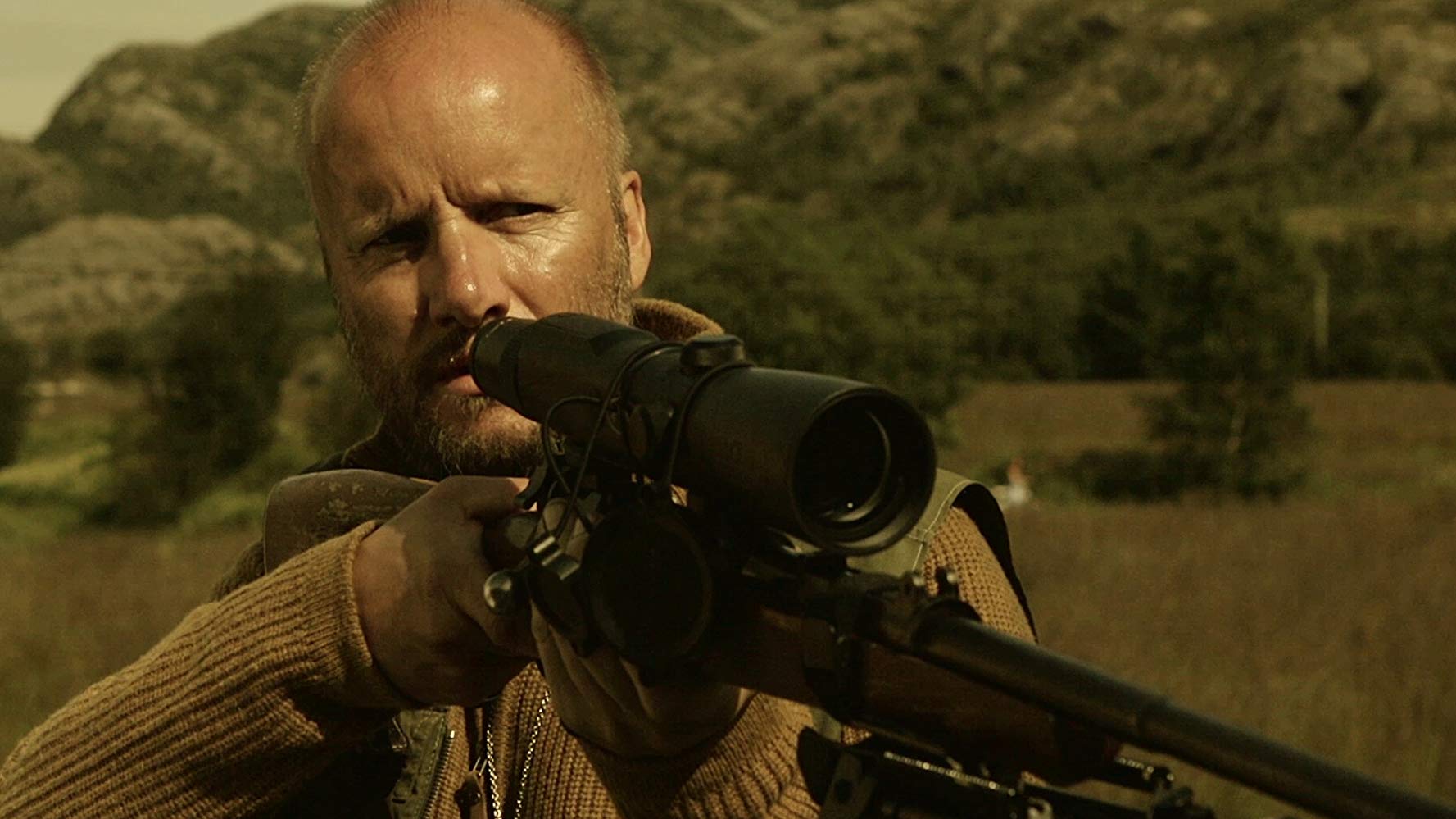
IMDb / The Dog / Aleksander Nordaas
One advantage short films possess is their ability to shine a spotlight on concepts that would struggle to stay afloat in a full-length feature. The mesmerising animation, The Rope (dir. Liran Kapel) is a great example. Made to look like a single coil of rope telling the tale of two people making sense of their lives, the film feels like a pure, unfettered expression of the director’s aims, and is all the better for it. Alas, I was left disappointed by film number four, Aquarium (dir. Yvonne Thomasson), which impressed me with its cinematography but ruined its strong start with a rather contrived premise.
The fifth film soon followed: A Stranger Comes Home, whose director, Fredrik Mortenson, was actually present in the audience for the screening. As nervous as he must have been, he needn’t have worried, as his creation was my favourite film of the night. A young boy, hard at work directing his own little scene with his action figures, hears a bump in the night. Sneaking downstairs, he confronts an elderly thief who claims to be his grandmother.
The discovery of bruises on the boy’s torso thrusts a fractured family’s pain into the spotlight, and the twists in the narrative manage to heighten its emotional impact without cheapening it. Unpretentious but self-assured, A Stranger Comes Home really impressed me.
Vimeo / Fredrik Mortenson
O.M.G (Oh Máigon Girl), directed by Marja Bål Nango, is an interesting one. After an energetic title sequence, it played out like a North Norwegian answer to Richard Linklater’s films, with its young protagonists talking about whatever they want and looking for a little adventure. In a bid to escape their small village for something more exciting, Máigon and her friend Ánne-Sire try hitching a ride to a party in Sweden. Interspersing these scenes is footage of a teenage boy asking where Máigon is and calling from a get-together that seems to have everything their sleepy hometown lacks in spades.
The journey becomes an odyssey for both Máigon and Ánne-Sire, as the latter questions the former’s reluctance to go all the way with a boy she’s been seeing, and even tries flirting with the man who is supposed to be giving them the lift they need – and even he is unsure whether they should be smoking cigarettes at their age. After their plans go up in smoke when they overestimate their ability to influence those around them, they learn an important lesson about going it alone in the world.
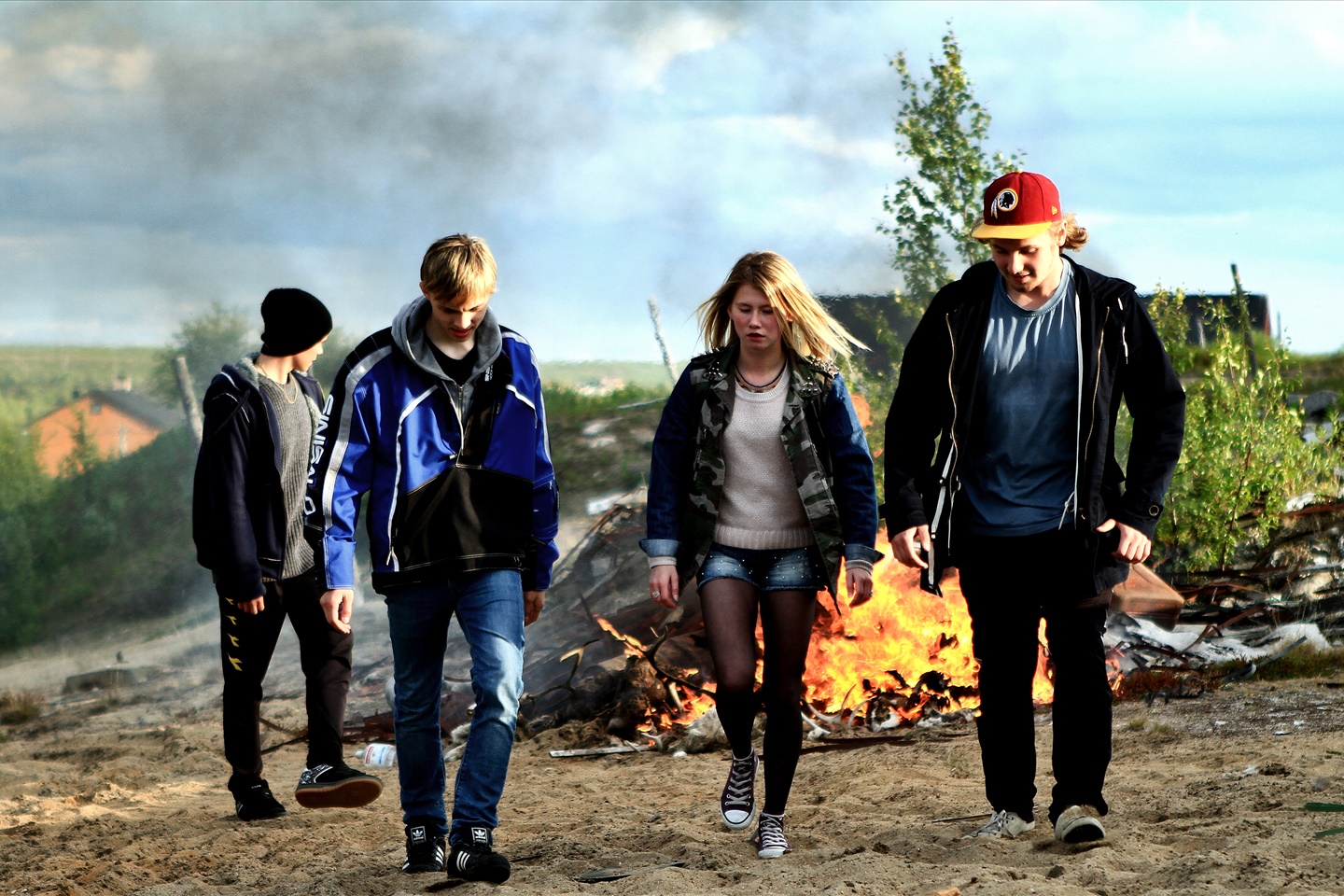
International Sami Film Institute / O.M.G. / (dir. Marja Bål Nango)
Racial prejudice is the topic of Daughter of the Sun (dir. Sara M. Oskal) – specifically, the bigotry that is faced by Norway’s Sami population. We are introduced to Ánne, who has barely stepped foot in her very first writing class before she has to correct the instructor on the pronunciation of her name. Clearly, this is one grievance she is in no mood to let slide. The other members, when they aren’t taking part in ridiculous icebreaker activities, ridicule Ánne for her clothing and berate her choice to introduce herself in a Sami language - ‘this is a Norwegian language writing class!’ one cries.
The setup is solid and the lead performance is masterfully understated, but the contrived ending to the film left a bad taste in my mouth. Ánne bares her soul as flashbacks piece together a childhood tainted by fear and loathing. Bathed in stark, bright light, we hear about how two young boys cornered her elderly grandfather, pelting him with stones and leaving him bloodied and beaten on the floor. It’s a sobering story of abuse that is utterly cheapened by a twist that I won’t reveal here, just in case future viewers are more forgiving. All I will say is that it suggests a lack of confidence in the material and the heart of the story, and that’s a real shame.
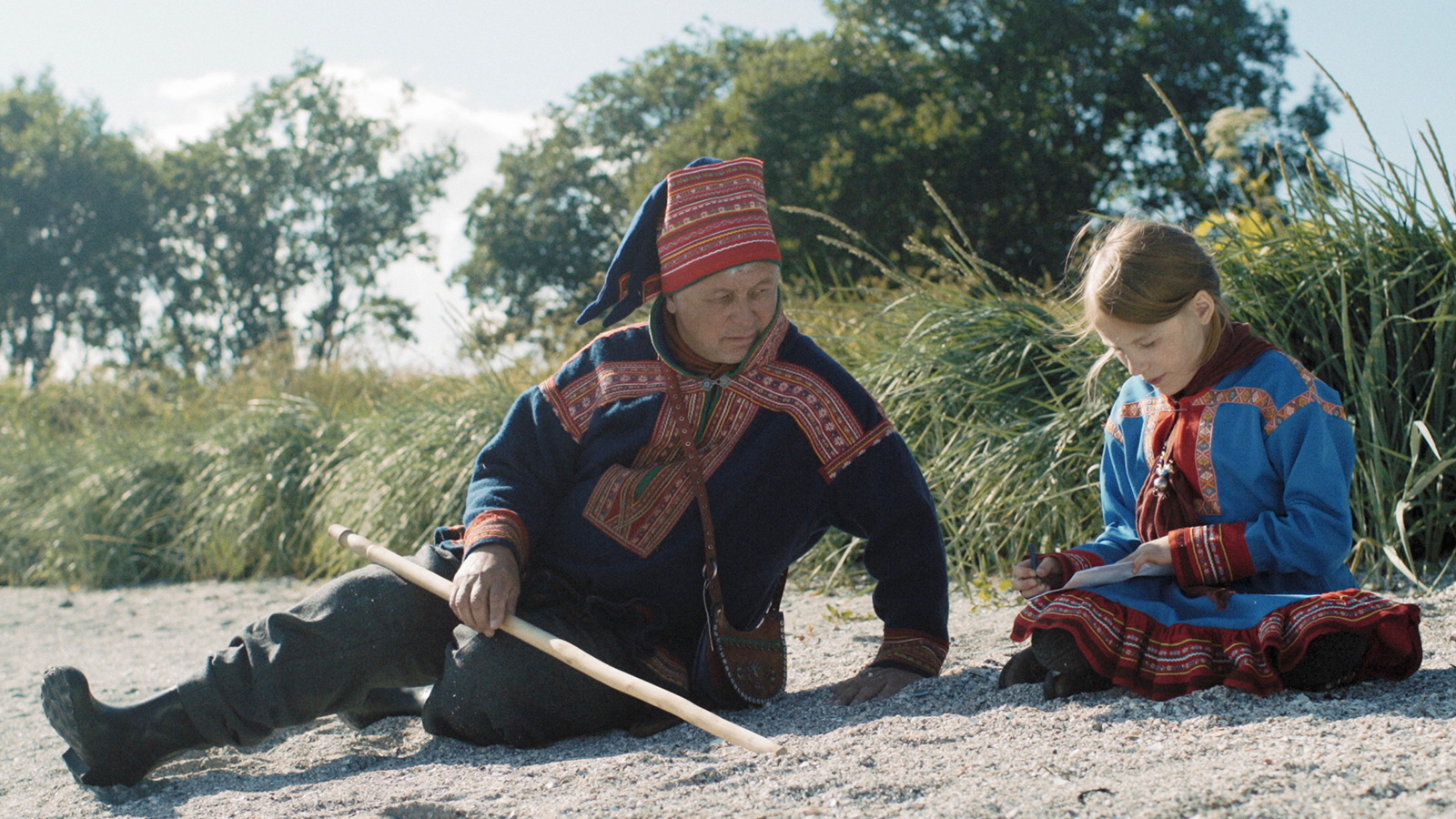
Sydney Film Festival / Daughter of the Sun / (dir. Sara M. Oskal)
After the somewhat unremarkable Bog Hole (dir. Torfinn Iversen) came and went, the evening was brought to a close with Ask No Questions (dir. Hanna Suni & Iver Jensen), a thrilling six-minute epic where two young victims of abuse take matters into their own hands. Shot in one nail-biting take, the camera stalks a young boy through his house as he takes aim with a rifle at his stepfather. The framing and pacing gives the film a horror-like feel, as the children are hunted by a monster who is all too real. Short but sweet, it left the audience in stunned silence.
It was a fitting end to a showcase that crammed an awful lot into 90 minutes. There was no single ‘typical’ film from the arctic, which underlines the strength and depth of the screening’s selection. ‘Films from the Arctic’ opened my eyes to a cinematic blind spot, and the short film was its tool of choice – a testament to the medium’s enduring ability to enlighten and entertain audiences everywhere.
Featured Image: Encounters Film Festival / Films from the Arctic / Aquarium (dir. Yvonne Thomasson)
Didn't get a chance to see anything at Encounters this year? Check out their website for what you can watch online.
Facebook // Epigram Film & TV // Twitter

